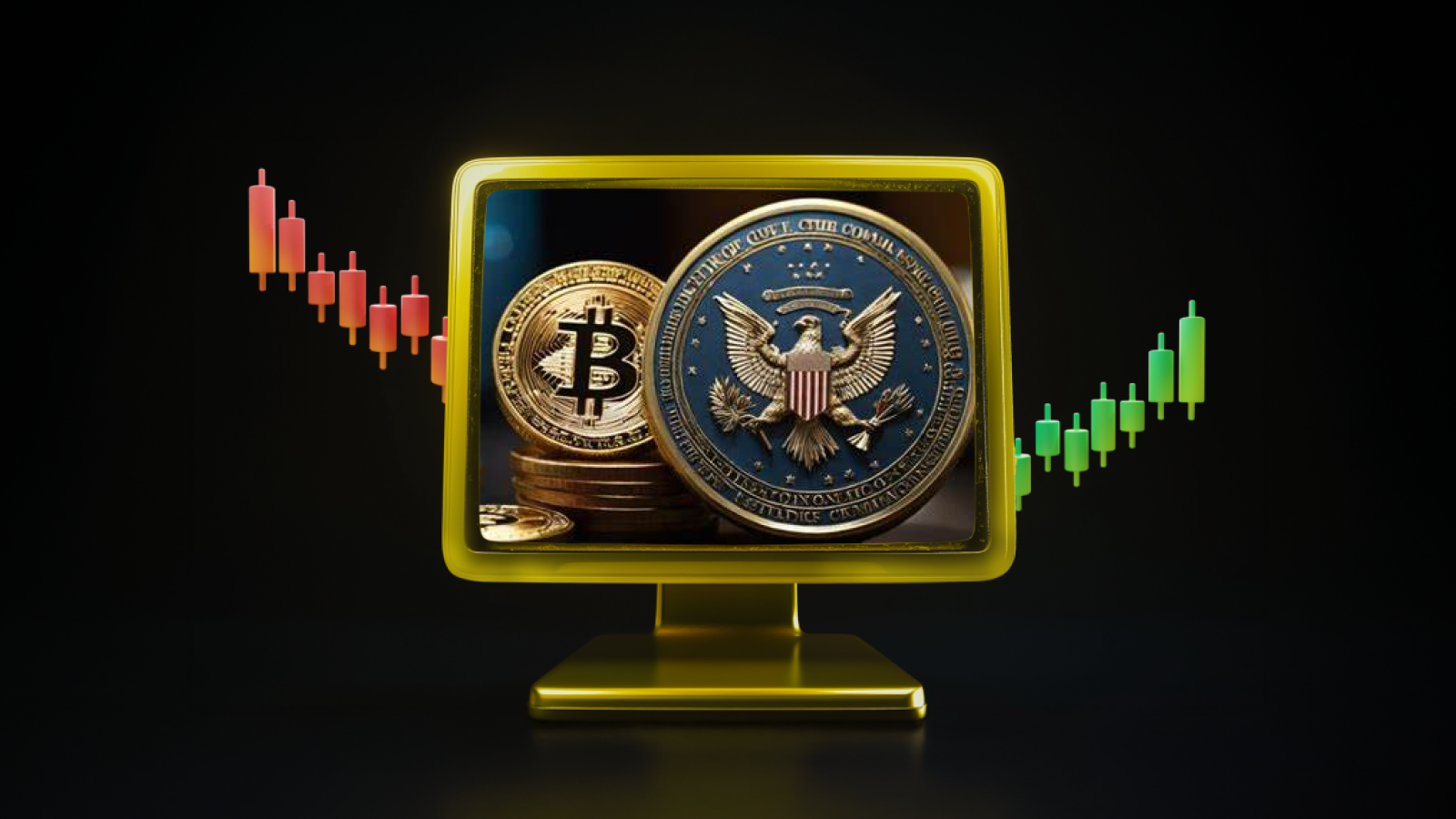Introduction
As cryptocurrency markets continue to be shaped by regulatory uncertainty and legal battles, the US Securities and Exchange Commission’s (SEC) approach to the status of digital assets has been one of the critical factors determining the future of the industry. The SEC evaluated the legal status of both assets, specifically considering the differences between Ripple’s (XRP) centralized structure and institutional sales strategies and Ethereum’s (ETH) decentralized structure. This report explores the legal status of Ripple and Ether in detail, examining how regulatory uncertainty in the industry is shaping up and its implications for the crypto ecosystem.
Evaluation on Ripple and Ether’s Characteristics
Ripple is a payment protocol that was launched in 2012-2013, with a particular focus on international money transfers. Ripple Labs manages the distribution and use of XRP in a centralized manner. Through institutional sales and agreements with financial institutions, Ripple Labs controls XRP. This has strengthened the arguments for the SEC to treat XRP as a security. The SEC believes that Ripple’s institutional sales can create investors’ profit expectations and therefore pass the Howey Test. The Howey Test is a test used to determine whether an investment is a security, and there is a strong argument that institutional sales of XRP could pass this test.
Ethereum, on the other hand, was launched in 2015 and enabled the creation of decentralized applications through the development of smart contracts. Ethereum’s distribution process took place through ICO (Initial Coin Offering), and the decentralization of the network over time enabled ETH to create an ecosystem based on the principle of decentralization. This is one of the main reasons why the SEC does not consider Ether to be a security. The fact that ETH is distributed by a large community of participants and the decentralized nature of the network have been instrumental in the SEC’s decision not to treat ETH as a security.
SEC’s Evaluation Criteria and Legal Tests
The SEC generally uses the Howey Test when assessing the legal status of digital assets. This test has three key elements. Investors investing in a joint venture, the expectation of profit in return for that investment, and profit being contingent on the success of the venture. Ripple’s institutional sales may meet the elements of this test, particularly because of the way XRP is presented to investors and the decisive role of Ripple Labs. This has raised a debate that XRP could be considered a security.
On the other hand, Ethereum’s distribution through ICO and its decentralized structure over time enabled investors to make transactions without being directly dependent on a central authority. ETH’s decentralized structure and the distribution of the network’s governance to a large community were instrumental in the SEC’s decision not to treat ETH as a security.
Legal Process and Course of Litigation
In 2020, the SEC filed a lawsuit against Ripple Labs and its executives alleging that XRP was sold as an unregistered security. This case sparked an in-depth debate, particularly over the centralized nature of XRP and whether institutional sales strategies fall within the definition of securities. The courts ruled that while Ripple’s institutional sales satisfied the Howey Test, programmatic sales of XRP on exchanges required a different assessment. In the meantime, the SEC’s statements during the litigation process, appeals and court decisions created uncertainty about the legal status of XRP and led to volatile price movements in the markets.
As for Ethereum, past SEC statements and court decisions have made it clear that ETH is excluded from the scope of securities due to its decentralized nature. Ethereum’s ICO process allowed investors to acquire ETH without relying on a central authority, which allowed the SEC to take a more flexible approach.
Regulatory Approaches and Governance Changes
In recent years, especially under the Trump administration and with new appointments at the SEC, steps have been taken towards a clearer and friendlier regulatory framework for crypto assets. In this context, new SEC chairmen and initiatives such as the Crypto Task Force provide an important opportunity to clarify the legal status of crypto assets. New regulatory reforms and governance changes may offer a clearer perspective on how to interpret XRP’s centralized characteristics and institutional sales strategies.
While Ethereum’s decentralized nature makes it easier to comply with existing regulations, Ripple’s centralized features may be handled more carefully with the new administration. This has the potential to make the SEC’s future regulatory approaches more transparent and predictable. These developments could lead to greater investor confidence in the industry and the launch of new products in the cryptocurrency market, such as crypto ETFs.
Future Perspectives and Final Assessment
The SEC’s regulatory assessment of Ripple (XRP) and Ether (ETH) highlights the structural differences between the two digital assets and hints at how regulatory approaches will evolve in the future. While Ripple’s centralized structure and institutional sales strategies lead to a discussion of its securities qualifications under certain circumstances, Ethereum’s decentralized structure and large ecosystem allow ETH to operate on a more flexible legal footing. New regulatory reforms and governance changes are expected to provide clarity on the legal status of both XRP and ETH, bringing a more predictable environment to the crypto market.





